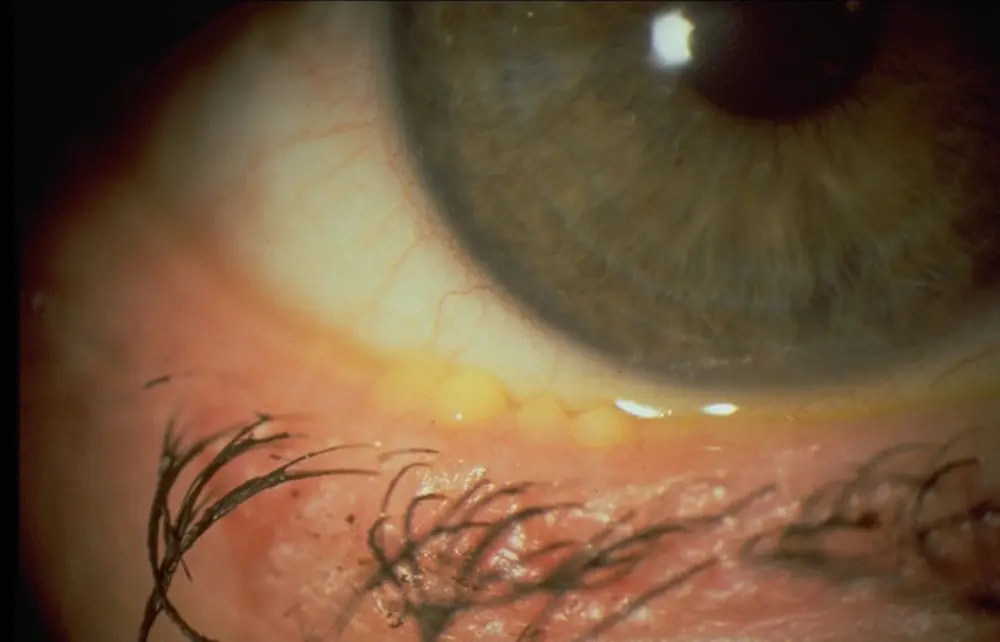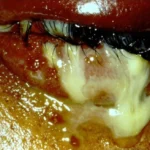Bacterial blepharitis is a common yet often overlooked condition that affects the eyelids, leading to discomfort and potential complications. This guide delves into the symptoms, causes, treatment options, and preventive measures to help individuals effectively manage this condition.

Understanding Bacterial Blepharitis
Bacterial blepharitis refers to the inflammation of the eyelid margins caused primarily by bacterial infections, often involving Staphylococcus aureus or Staphylococcus epidermidis. The condition can be chronic or acute and may impact one or both eyelids.
Symptoms
Identifying bacterial blepharitis involves recognizing the following symptoms:
- Redness and Swelling: The eyelid margins may appear red and inflamed.
- Crusting and Flaking: Accumulation of debris and crusts along the lash line, especially after sleeping.
- Itching and Irritation: Persistent itching or a burning sensation.
- Watery or Dry Eyes: Tear film imbalance leading to excessive tearing or dryness.
- Foreign Body Sensation: Feeling like there is something in the eye.
- Sticky Eyelids: Difficulty opening the eyes due to crust formation.
Causes of Bacterial Blepharitis
The development of bacterial blepharitis can result from multiple factors, including:
- Bacterial Infection: Overgrowth of bacteria naturally present on the skin.
- Seborrheic Dermatitis: A skin condition contributing to excessive oil production.
- Poor Hygiene: Insufficient cleaning of the eyelids or contact lens misuse.
- Allergies or Skin Disorders: Conditions like rosacea or eczema that exacerbate inflammation.
Diagnosing
An accurate diagnosis involves the following steps:
- Clinical Examination: A healthcare professional examines the eyelid margins under magnification.
- Tear Sample Analysis: Laboratory analysis of tear samples to detect bacterial presence.
- Symptom Evaluation: Assessment of patient-reported symptoms and medical history.
Treatment Options
Effective management combines self-care practices and medical treatments:
1. Eyelid Hygiene
- Warm Compresses: Apply warm compresses to soften debris and unblock oil glands.
- Lid Scrubs: Use diluted baby shampoo or commercial eyelid cleansers to clean the lash line.
2. Medications
- Antibiotic Ointments or Drops: Prescribed for bacterial infections.
- Steroid Drops: Used in severe cases to reduce inflammation.
- Oral Antibiotics: For chronic or recurring blepharitis associated with systemic conditions.
3. Advanced Therapies
- Intense Pulsed Light (IPL): Effective in treating underlying meibomian gland dysfunction.
- Lid Margin Debridement: Removal of biofilm and debris from eyelid margins.
Preventing Bacterial Blepharitis
Preventive measures play a critical role in minimizing recurrence:
- Regular Eyelid Cleaning: Incorporate daily hygiene practices to maintain cleanliness.
- Avoid Sharing Eye Products: Prevent cross-contamination by not sharing makeup or eye care products.
- Replace Contact Lenses Frequently: Follow proper contact lens care protocols.
- Manage Skin Conditions: Treat underlying skin disorders that may exacerbate inflammation.
Complications of Untreated Bacterial Blepharitis
Neglected blepharitis may lead to:
When to Seek Professional Help
Seek medical attention if:
- Symptoms persist despite home treatments.
- Vision becomes impaired.
- Severe redness or pain develops in the eyes.
Bacterial blepharitis, though common, can significantly impact quality of life if left unmanaged. By adhering to effective hygiene practices, timely medical intervention, and preventive care, individuals can control symptoms and maintain healthy eyes.

